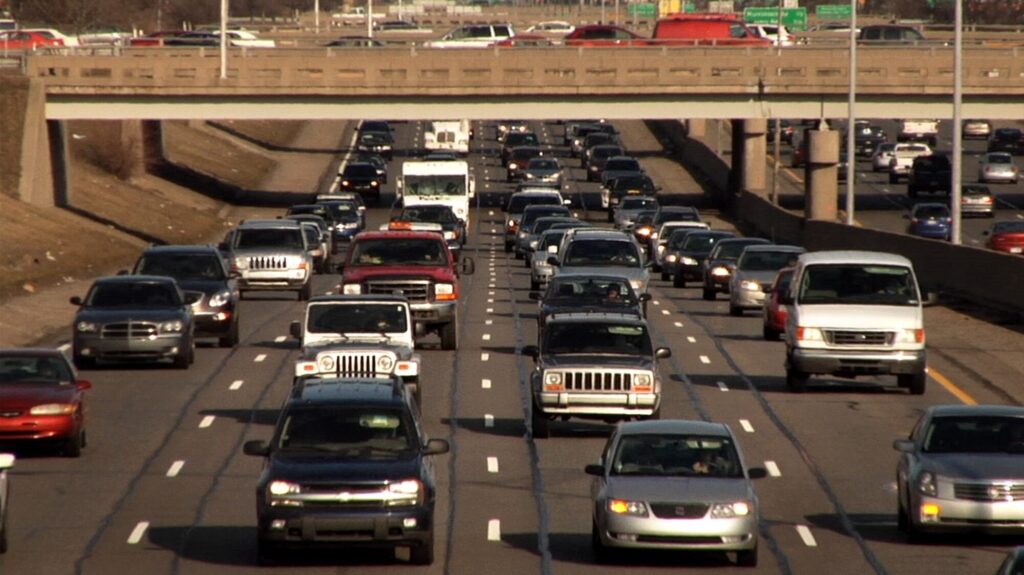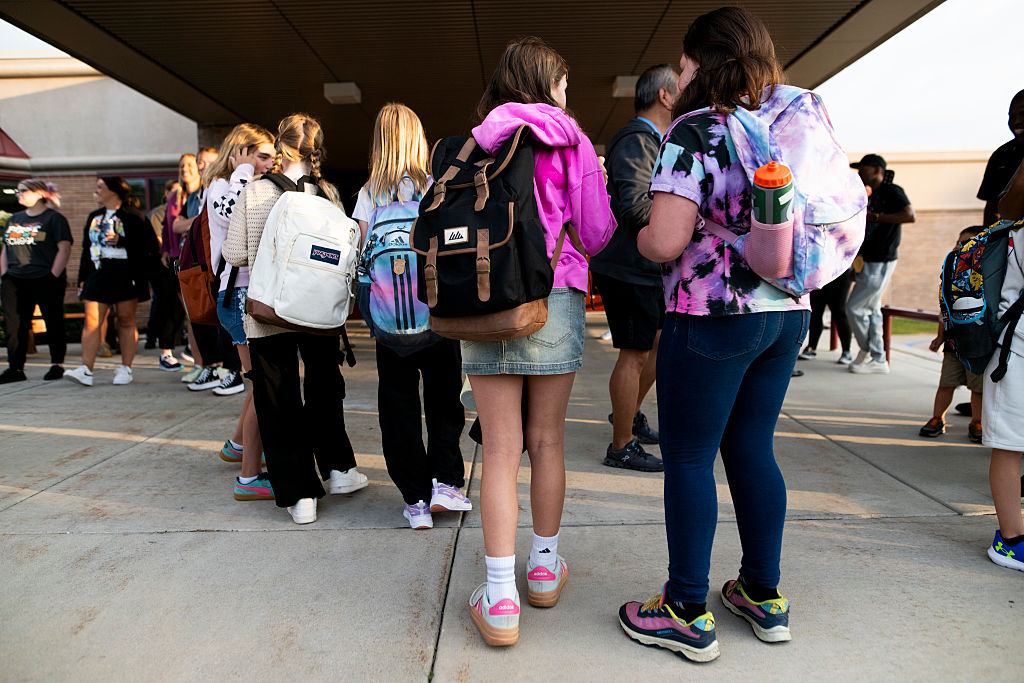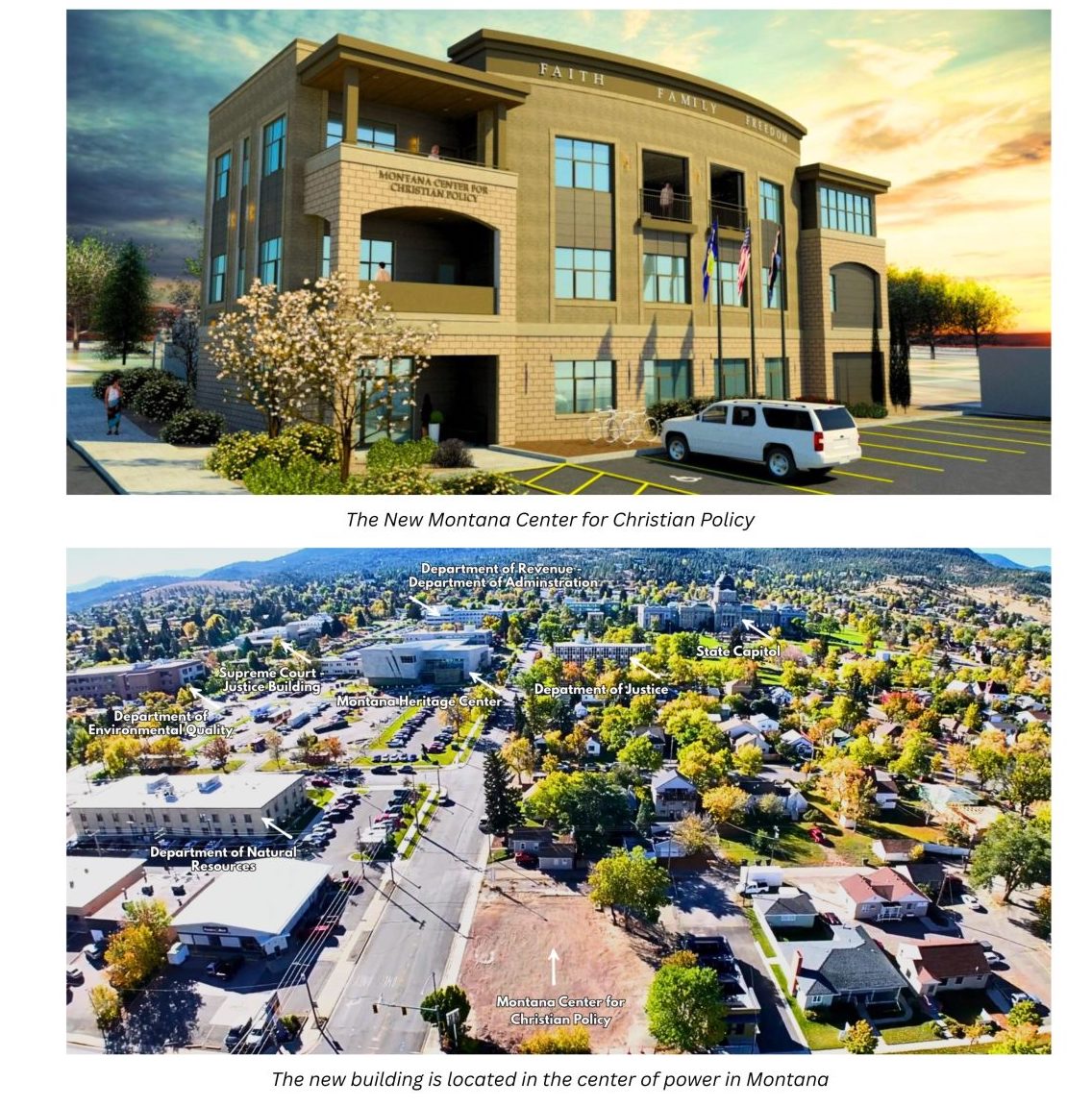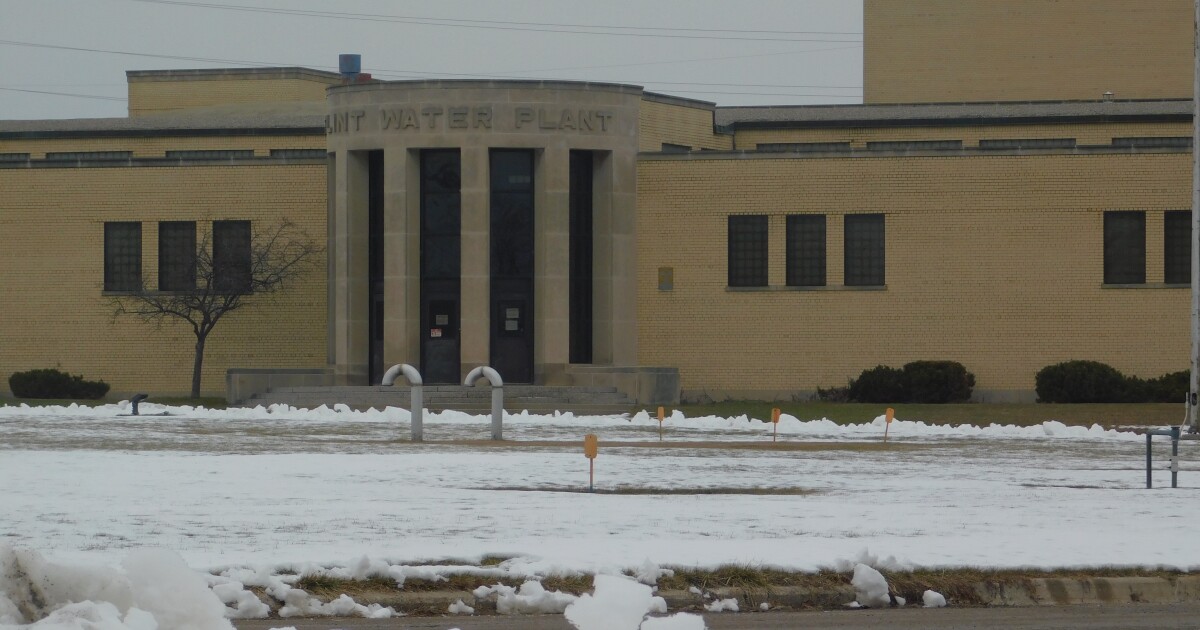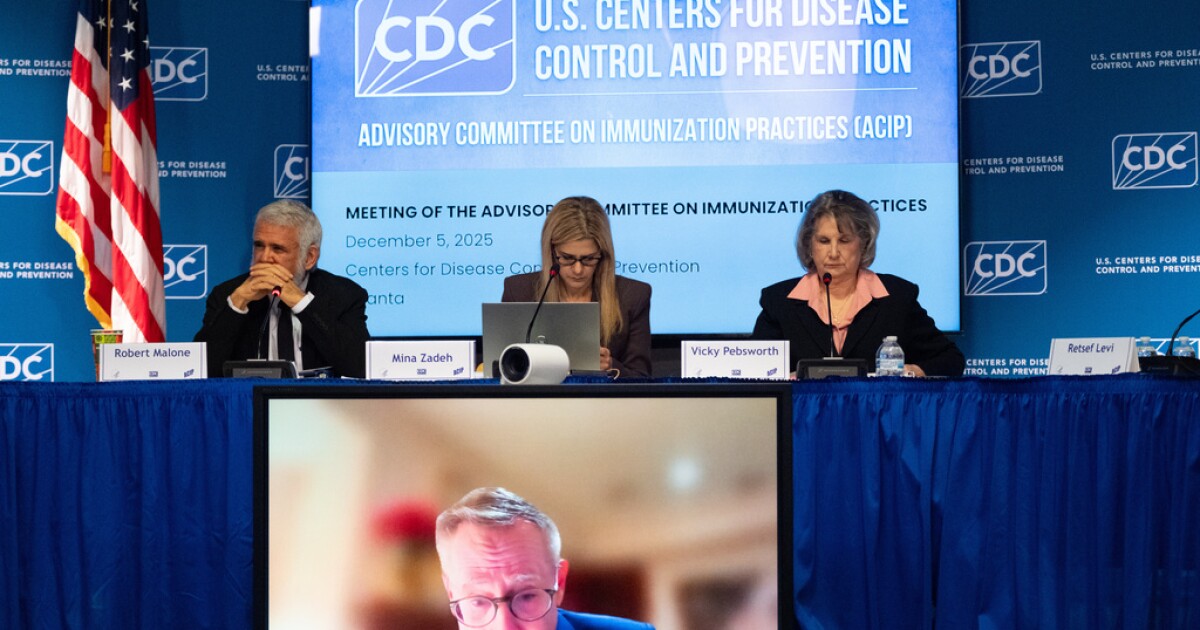Alexandra Murphy on Detroit’s Transportation Insecurity: A New Tool for Better Solutions

EXPERT Q&A
Over one-third of Detroit residents (36%) face challenges in accessing safe and timely transportation.

A recent study by Alexandra Murphy, associate director at Mcity, highlights this issue. Along with Lydia Wileden, a U-M alum, they introduced the Transportation Security Index (TSI), a tool designed to aid local governments in planning transportation investments.
In a report by the National Academies of Science, the TSI was recommended for guiding local transportation investments. Detroit’s transportation insecurity exceeds the national average of 17% (established in 2022).
Understanding Transportation Insecurity
Access to essential places impacts quality of life, affecting work, healthcare, and social interactions. The TSI identifies those unable to travel safely or timely, measuring transportation insecurity and its impact on community well-being. Vulnerable groups, such as low-income individuals and those with disabilities, face the greatest challenges.
How the Transportation Security Index Influences Investments
The TSI shifts focus to individual transportation needs, revealing that community-level investments don’t always reach individuals. It prompts questions like whether public transit is accessible or if car repairs are affordable, necessitating varied policy responses.
Detroit’s Unique Transportation Challenges
Survey results show 1 in 3 Detroiters reschedule or skip trips due to transportation issues. Emotional impacts include 84% of those affected feeling bad about their situation, and 56% noting relationship strains. Non-car owners are three times more likely to experience insecurity, but car ownership doesn’t eliminate the issue due to unreliable cars and high insurance costs.
Public transit usage is low—82% hadn’t used it in 30 days—despite proximity to transit stops. This suggests routes may not meet needs or involve lengthy commutes, indicating a need for further research.
TSI’s Broader Applications
The Mobility, Access, and Transportation Insecurity program at the University of Minnesota uses the TSI to assess transportation investments. Minnesota and several counties include the TSI in surveys to track transportation insecurity trends, aiding in policy adjustments.
Academic partnerships with local communities, like the Detroit Metro Area Communities Study, are expanding TSI’s application to other cities. The goal is to incorporate TSI into national surveys for better tracking and understanding of transportation insecurity.
—
Read More Michigan News

